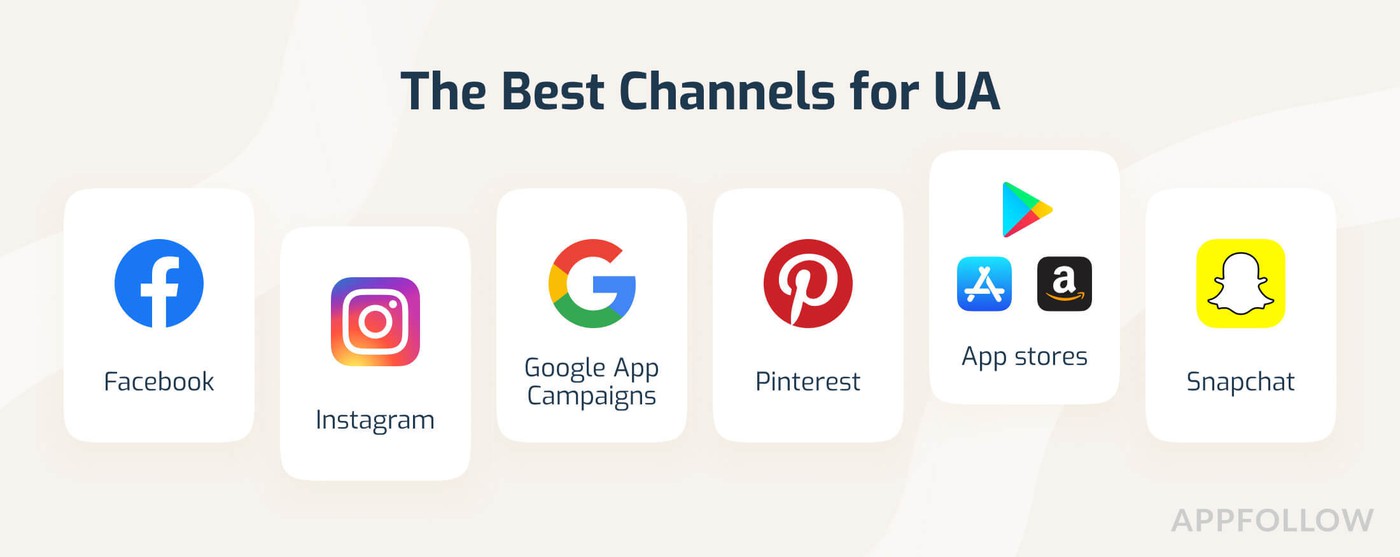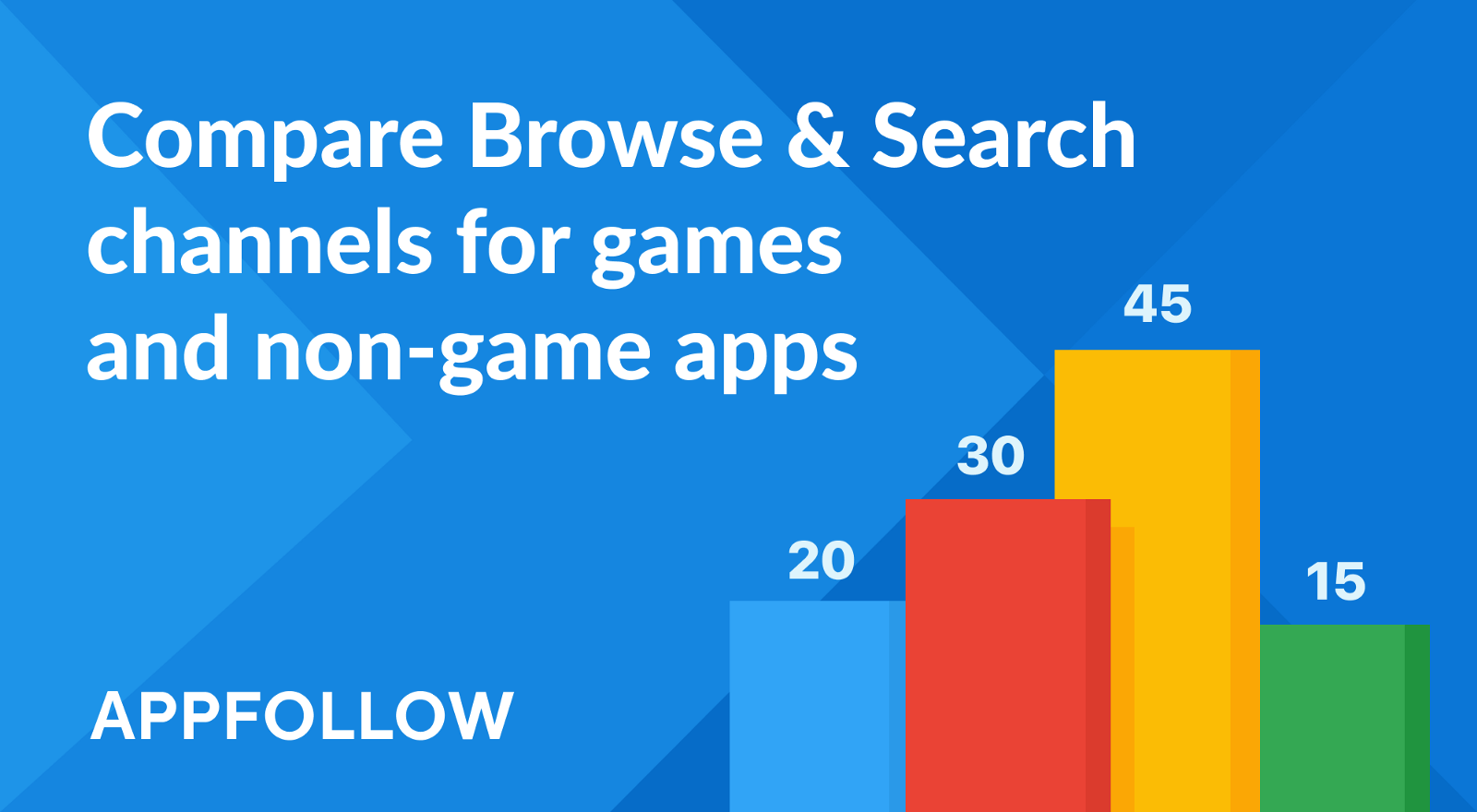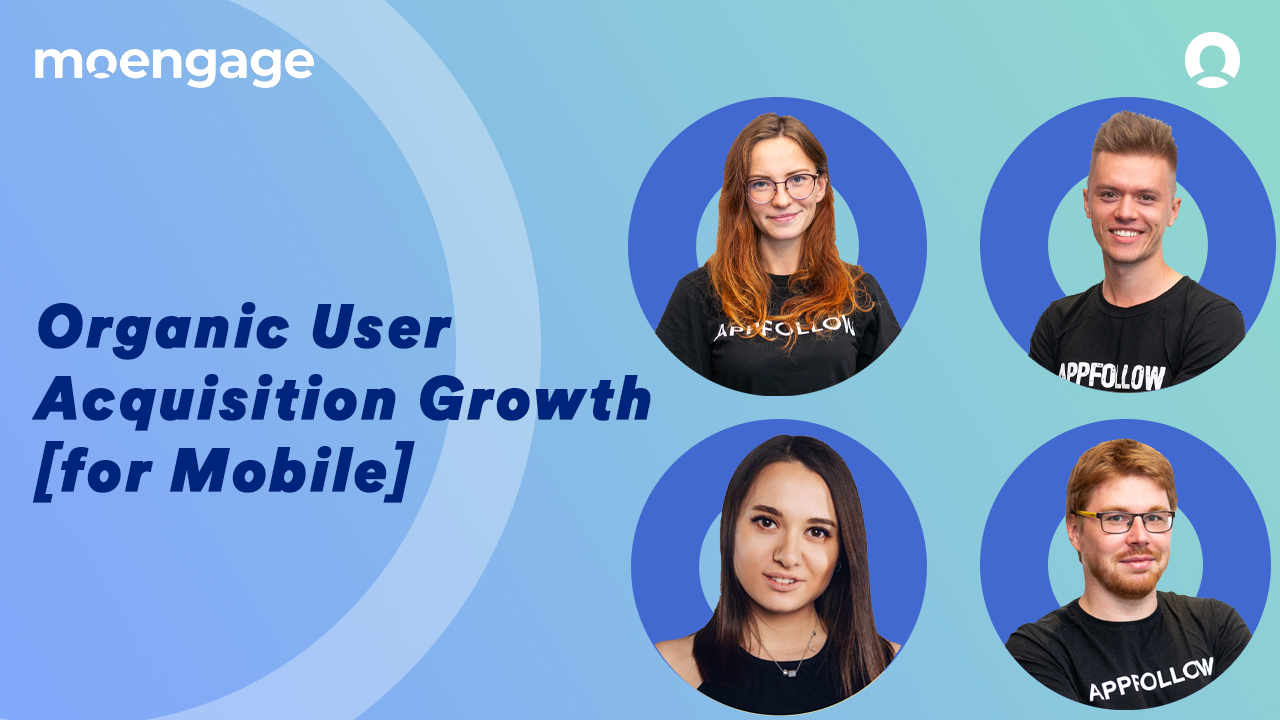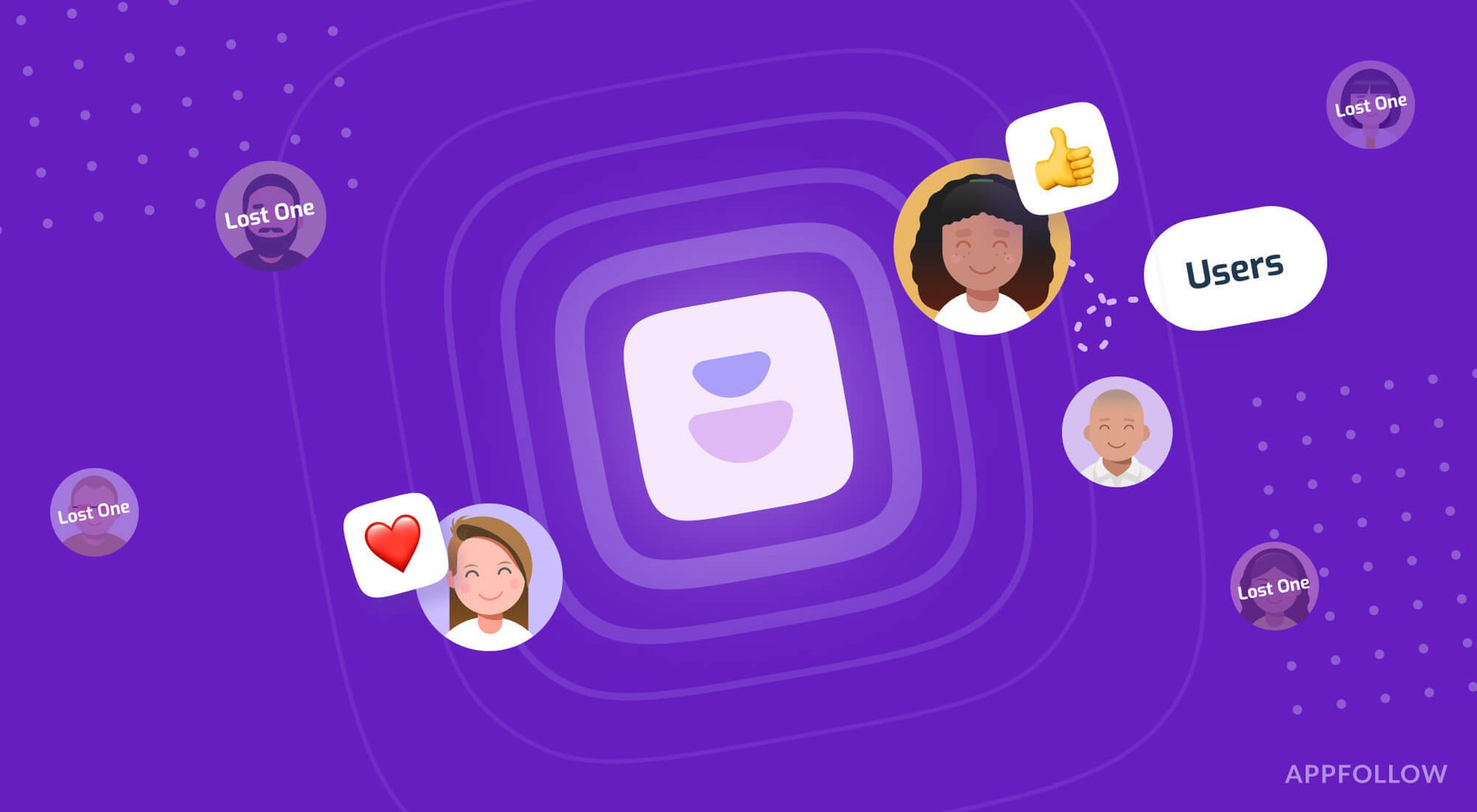How to Acquire Users for your Mobile App (UA Strategy)

Table of Content:
If you’re in a company looking to market your mobile app effectively, your planning is everything. Retaining your existing consumers is one thing, however, there are several key points you must understand to press ahead with a new user acquisition strategy — we’re going to be exploring them.
What is user acquisition for apps?
Think of UA as the process of engaging new users with a mobile app or game through various means of marketing. Most app companies will typically use a combination of methods to attract new users and generate downloads:
- Paid advertising — Willing media channels are paid to promote the app through targeted ads to encourage downloads.
- Owned media — Business-owned channels - like mailing lists - are utilized for promotion.
- App store optimization (ASO) — Optimizing an app to boost its rankings within marketplaces like the App Store or Google Play Store.
- Retargeting campaigns — Marketing campaigns aimed at users that have prior interaction with the app or company. Usually, those who either haven’t downloaded the app or have uninstalled it already.
Customer acquisition vs user acquisition: what’s the difference?
UA - unlike traditional advertising campaigns - is designed to convert app users immediately. Most UA strategies focus on social media channels, used alongside other tools to consolidate many avenues of a given UA campaign.
The aim is to acquire new users at a lesser cost than the typical user lifetime value (LTV) or the average revenue per user (ARPU). Take paid marketing, for example. Marketers for mobile will be aiming to achieve a good return on ad spending (ROAS) — we’ll shortly explain all of these user acquisition metrics.
Much like customer acquisition guides people through the marketing funnel from initial brand touchpoint to final purchase, UA works in a similar way for apps and other digital services. The difference is that user acquisition is a strategy designed for generating downloads — usually through advertising campaigns and promotional offers. Its importance for mobile marketing is second to none.
Why is user acquisition important?
Well, because there are so many people using their mobile devices around the world right now. Most of those users will be interacting with digital apps or browsing social media as we speak. Just think of the missed opportunities! Mobile UA is unique in that it can be seen by users wherever they are. The digital space is extensive, and so is the reach for advertising, including app store ads.
So much so, the online environment we live in today dictates businesses will find marketing their apps and converting users significantly challenging without a UA strategy. UA for mobile is so critical for growth because it uses a vast amount of data to target users with precision, enabling quick and easy conversions. It’s also cost-effective compared to other means of advertising and offers holistic visibility into campaign performance.
App Store Optimization is also crucial for your app, given how fierce the competition will be to increase visibility and persuade users to download your app.
With all of this in mind, there are some inevitable challenges that all mobile UA campaigns face:
- Congested marketplaces — As mentioned, the sheer volume of applications available is overwhelming. Any new mobile app is pitching itself directly against hundreds of pre-existing alternatives across the Apple Store, Google Play, and more.
- Evolving environments — Whether it be new devices, software or even user acquisition practices, things change fast so there is little time to be complacent. A new app could be potentially obsolete or marketed ineffectively upon release.
Keeping ideas fresh — Unlike many successful ad campaigns, repetition in UA breeds negative performance and reduces user engagement. There is pressure on mobile marketers to produce and test new ads frequently.
The best user acquisition channels
There are requirements to be adhered to for every user acquisition channel. Just as there are benefits to be gained from each. Acquiring users across social platforms means you must understand how they interact with ads and the outcomes they expect from them — considerations to be made when planning a UA campaign strategy. These channels include, but are not limited to:
- Google App Campaigns
- Snapchat
- App stores

Metrics for your user acquisition strategy
We acknowledge a few key UA metrics (out of many) that you should be measuring as part of your overall strategy:
Customer acquisition cost (CAC) — CAC is the total cost to acquire a new user.
Lifetime Value (LTV) — LTV is the total revenue a single app user or customer generates during their entire experience with your app, from download to churn.
Churn rate — Measuring churn helps to identify the cost of replacing lost customers compared to acquiring new ones. It’s worth monitoring both your customer and revenue churn rates.
Average revenue per user (ARPU) — This is the amount of revenue your app receives from each active user. You can use ARPU to understand how much the average user generates over any given time.
Return on ad spending (ROAS) — Similar to return on investment (ROI), ROAS measures how much your app earns against the amount you’ve spent on digital advertising.
Calculating cost per acquisition
So having looked at the metrics in a comprehensive UA strategy, mobile user acquisition cost is a vital piece of data used to inform future advertising decisions.
The customer acquisition cost (CAC) for a mobile user acquisition campaign is the cost per install (CPI) or mobile cost per action (mobile CPA) — usually much cheaper than acquiring users through other advertising means. It is calculated by dividing the cost of advertising - over a given time - by the number of new downloads.
Once you've identified an app’s most lucrative user acquisition channels, you can look to build a marketing campaign and strategy to target these specific platforms. The aim, of course, is to maximize the number of users you reach and receive the most ROAS as possible.
Liftoff's 2020 Mobile Gaming Apps Report revealed some interesting numbers associated with mobile game user acquisition strategy — the cost of acquisition has decreased fairly consistently on an annual basis to an average of $1.47 per user. That figure is down 66% from $4.37 last year, with the cost of a user registering in-game falling from $9.17 last year to an average of $5.72 per user. Udonis also highlighted some key figures for 2021 mobile game user acquisition.
Statista.com shared insights into mobile user acquisition cost over the past few years. They found that industry average customer acquisition costs amounted to just $3.52 on average.
Building a user acquisition strategy
By nature, user acquisition is often complex and prone to change. So, when beginning to plan and execute your strategy, it’s important to remember that it will be an ongoing process to achieve results — involving analyzing data, creating new ideas, conducting lots of testing, and usually going through numerous iterations.
Source possible users
You need to identify likely users that have the potential to download your app — including current users of competitor apps or services. Be sure to segment your search with specific criteria like global locations, local regions, or even the operating system or device they are using. Think about how long they spend on their respective apps or actions they might take. Aim your user acquisition strategy towards the most active users you find.
Develop your target audience profiles
Your audience ‘profiles’ should be formed by clear and indicative data ranges — for example, target only the top 10% of most active users over a given time frame. Trial all combinations of data to narrow down for whom you should be aiming your app. Usually, your target audiences will be those users of similar apps that also meet other criteria — time spent on the app, amount of in-app purchases, etc. Your audience profiles may change slightly with each campaign, but know they are vital to success.
Creative utilization and testing
Now you’ve identified who you are targeting, how you utilize creative resources across your ads (and across the various channels) is instrumental. Use creative testing to keep your campaigns fresh, relevant and also indirectly maximize the value of your ad spending — by limiting where creative resources need to be used. Remember, with just one well-executed ad, you can reap huge rewards!
Use reviews to your advantage
How you handle feedback within app marketplaces will be key for app store optimization (ASO), but can also have a large impact on your future acquisition rate. Remember, ratings and reviews are present at the earliest touch-points your audiences have with your product — negative feedback will deter your potential users and significantly undermine your promotional efforts towards user acquisition. Conversely, understanding how reviews can be advantageous to user acquisition will help you manage them well, encourage positive feedback (do learn how to tackle 5 star review responses), and increase your product ranking and reputation.
Also! Discover the future of market research with ai product reviews changing the game.
All UA strategies are slightly different. There are no golden rules here, but there are some universal steps that all successful campaigns follow. Understanding why user acquisition is so important for mobile growth allows you to identify the channels you should promote your app through, plus the audiences you are marketing your app towards, the testing you must conduct, and metrics to improve future campaign iterations. Whilst building a UA strategy is an inexact science, all of the tools you need are available to develop consistently successful UA campaigns and drive up your conversions.







